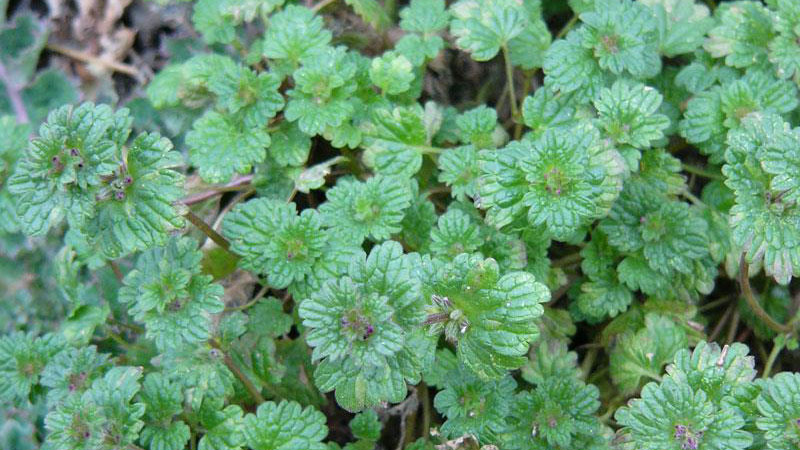Three Reasons to Control Winter Annual Weeds
go.ncsu.edu/readext?625142
en Español / em Português
El inglés es el idioma de control de esta página. En la medida en que haya algún conflicto entre la traducción al inglés y la traducción, el inglés prevalece.
Al hacer clic en el enlace de traducción se activa un servicio de traducción gratuito para convertir la página al español. Al igual que con cualquier traducción por Internet, la conversión no es sensible al contexto y puede que no traduzca el texto en su significado original. NC State Extension no garantiza la exactitud del texto traducido. Por favor, tenga en cuenta que algunas aplicaciones y/o servicios pueden no funcionar como se espera cuando se traducen.
Português
Inglês é o idioma de controle desta página. Na medida que haja algum conflito entre o texto original em Inglês e a tradução, o Inglês prevalece.
Ao clicar no link de tradução, um serviço gratuito de tradução será ativado para converter a página para o Português. Como em qualquer tradução pela internet, a conversão não é sensivel ao contexto e pode não ocorrer a tradução para o significado orginal. O serviço de Extensão da Carolina do Norte (NC State Extension) não garante a exatidão do texto traduzido. Por favor, observe que algumas funções ou serviços podem não funcionar como esperado após a tradução.
English
English is the controlling language of this page. To the extent there is any conflict between the English text and the translation, English controls.
Clicking on the translation link activates a free translation service to convert the page to Spanish. As with any Internet translation, the conversion is not context-sensitive and may not translate the text to its original meaning. NC State Extension does not guarantee the accuracy of the translated text. Please note that some applications and/or services may not function as expected when translated.
Collapse ▲Sonya Begemann | 9/17/2019 | Ag Web
You’ll likely be seeing summer annual weeds from the combine, with a few small winter annuals sneaking in here and there. Take good notes about where the mature summer annual weeds are as the weed seed bank will be something you battle next summer.
However, don’t discount the impact of winter annual weeds, either.
“The impact of winter annual weeds in cropping systems is sometimes overlooked because these weeds typically complete most of their lifecycle prior to or shortly after corn and soybean planting,” says Lowell Sandell, weed science Extension educator at University of Nebraska.

Winter annual weeds will impact future plantings though. They act as alternate hosts for pests, impact soil temperature and can sequester moisture and nutrients from future crops. Here are the specifics:
- Winter annual weeds give insects and parasites a leg-up. Henbit, for example, acts as an alternate host for soybean cyst nematode, who’s populations are already challenging soybean growers in many parts of the country. In addition, black cutworm can use several weed species to boost populations prior to corn and soybean emergence, populations that could decimate crop stands.
- Residue build up keeps soils cooler, longer. According to research by the University of Missouri, fields with winter annual residue removed increased soils by up to 5 degrees in corn and as much as 8 degrees in soybeans. In tight planting windows this could be the difference between timely and late planting.
- Weeds steal moisture and nutrients from crops. Winter annuals can reduce soil moisture by up to 13% in corn and 6% in soybeans, according to Missouri research. The same weeds, or their residue, tie-up or use valuable nutrients that could help progress corn and soybean crops along.
Even though they don’t impact this year’s yield, it’s important to take control of winter annuals. Consider tillage, fall burndown or cover crops to destroy weeds and reduce next season’s weed seed bank.


